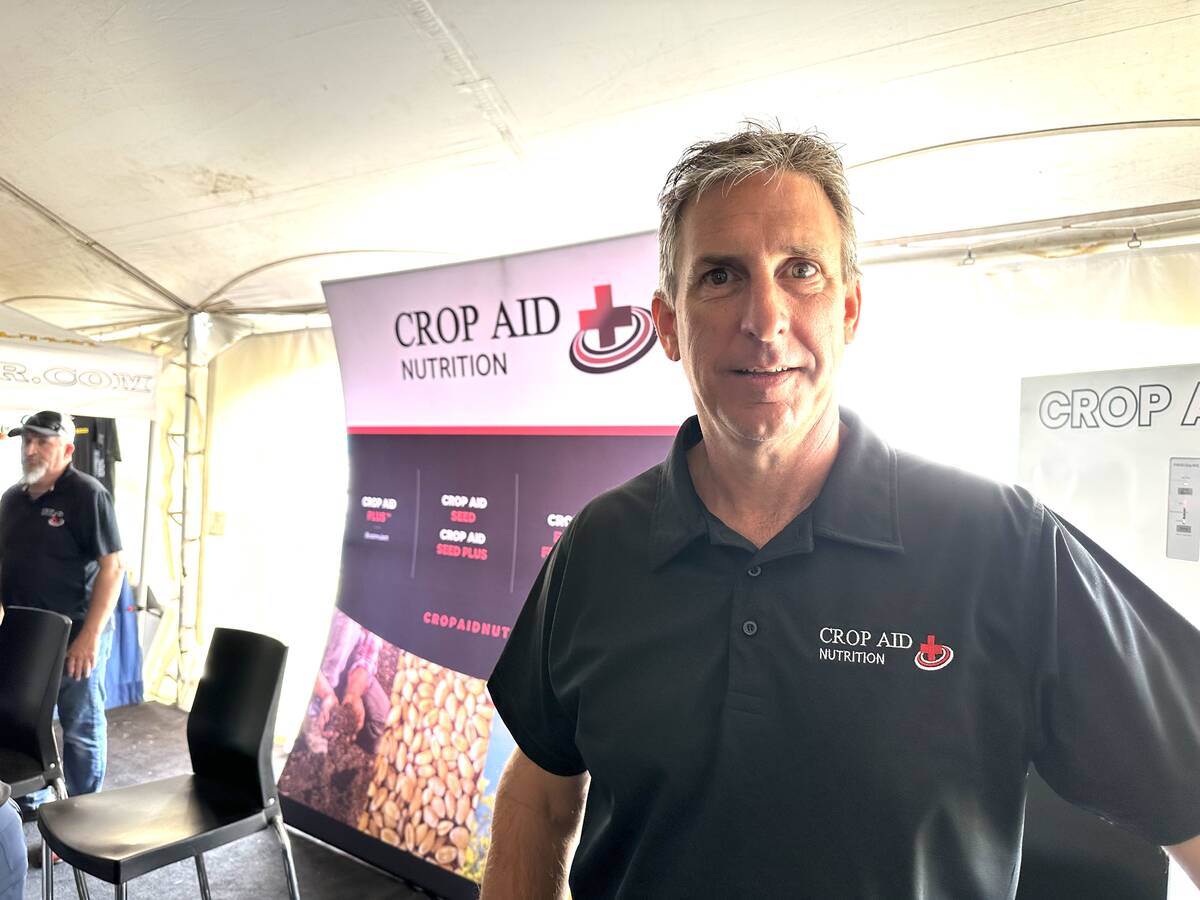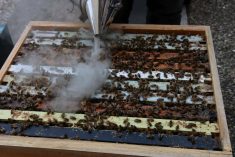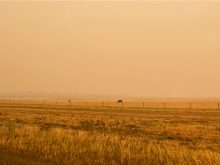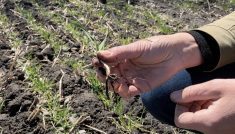I am afraid to write this sentence. Whatever you do, don’t read it out loud — that could send bad luck our way. But here it is: Our crops are looking good this year. This week, smoke from northern forest fires is even keeping the weather cool enough to help the canola flower nicely.
If you’re reading this in a drought-stricken area, please don’t get angry. Keep in mind that the last time I posted a photo of a nice-looking canola crop on Facebook, it was completely hailed out within 10 hours. And remember that the only reason we have enough soil moisture to maintain the crops in southeast Saskatchewan this summer is that we’re still using up the rainfall from 2011, the Year of the Flood, when we seeded 2.5 acres before getting stuck and heading back to the yard.

I know as well as you do that by the time you read this article, we might have lost our whole farm to hail. Or heat could wilt the canola. Plough winds. Locust plagues. Tornados. Tsunamis are unlikely, but these days, you never know. And if none of that happens, those soybean plants still look pretty small — one early frost will be the end of them.
And of course, even with a good crop out in the field, it’s still hard to sit on the deck enjoying a nice cold drink on a sunny afternoon without thinking, “Gee, it hasn’t rained in a while. I wonder if we’ll have enough moisture to get us through next year.”
Read Also

New soil treatment targets saline patches in fields
Crop Aid SS is a Saskatchewan-made spray that’s intended to help farmers manage saline soils by leaching salts away from the root zone.
But, today, our crops are looking good. So we’ll try to take it one day at a time.















